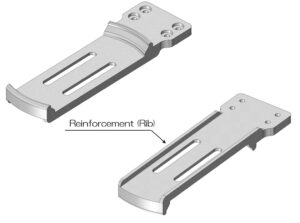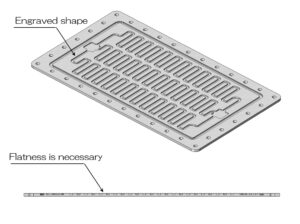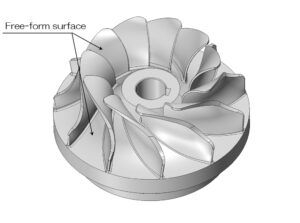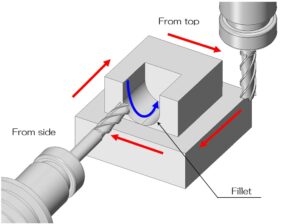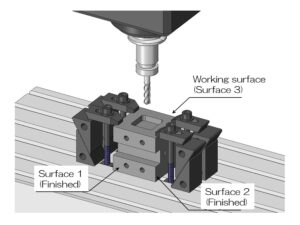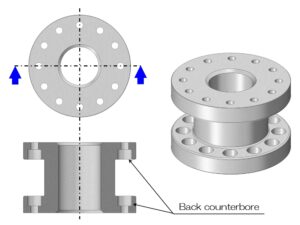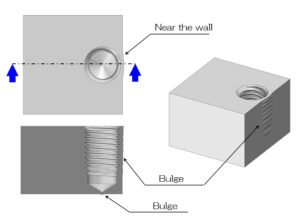015 Milling: Avoiding detortion by design
We will explain ways to suppress deformation on the design side when designing thin parts. Possible methods include reducing the amount removed, increasing wall thickness, and adding reinforcement.
014 Milling: Destortion of thin shape
Milling is a removal process, so when processing thin objects, deformation inevitably occurs due to stress. Here are some examples of shapes that are easy to deform.
013 Milling: 3D processing and surface roughness
We will explain how to process three-dimensional shapes and surface roughness by cutting using a ball end mill. I think it's a good idea to keep in mind that there are rough processing and finishing steps, and each has a different purpose.
012 Milling: Welcome to the 3D processing world!
We will introduce an example of 3D processing that allows you to freely process shapes in the X, Y, and Z directions. By processing free-form surfaces three-dimensionally, it is possible to create various complex shapes such as aircraft parts, jigs for molded products, impellers, reliefs, etc.
011 Milling: Actual setup work
We will explain the details of the setup work for cutting. There are many steps within setup work, such as fixing materials, aligning them, setting the origin, installing tools and measuring length, and creating and inputting NC programs.
010 Milling: Design considering with setup changes
By aligning the machining surfaces, it is possible to reduce setup changes and the number of machining steps. Here are some examples of such rational design changes.
009 Milling: Working surface and setup change
We will explain the machining surfaces that are important in cutting and the concept of changeover during machining. Reducing the number of processed surfaces reduces the number of processed surfaces, which leads to cost reductions.
008 Milling: Types and features of milling machines
We will introduce the types and characteristics of cutting machines. Milling-type processing machines can be broadly classified into general-purpose milling cutters, NC milling cutters, and machining centers, but their characteristics and uses also differ.
007 Milling: Seemingly simple but difficult hole machining
Here are some examples of hole machining that are difficult to achieve. There are holes that are difficult to realize due to processing reasons, such as back counterbores, blind holes in undercuts, and deep hole shapes.
